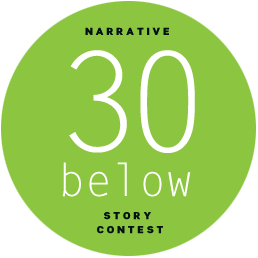When reader Raf Stevens challenged me last fall to clarify what makes a good story and to present examples of good storytelling, I began a mental journey to explore these questions and find answers.
The challenge began with a discussion of winners of a slide-presentation contest — which were not particularly storied. I think Stevens especially wanted to see examples of slide presentations that do typify great storytelling. I see discovering those examples as kind of the last stop on this journey.
In the meantime, I’ve looked at well-done examples of:
- Digital/video storytelling
- Live storytelling performance, captured on video
- Live storytelling performance, captured on audio
I also wanted to locate stories — preferably nonfiction — that are told purely with words in print (as opposed to spoken words); in other words, a story that must be read. Of course, there’s no shortage of stories like this, as exemplified by the winners of Narrative magazine’s Narrative 30 Below Story Contest, a competition for writers under age 30 in which entrants could submit fiction or nonfiction. (Free registration on the site is required to read the full stories.) I wish Narrative labeled the stories as fiction or nonfiction. If I had to guess, I’d say all three of the top-prize winners are nonfiction, but I can’t be sure. Makes me wonder if stories in writing competitions are judged differently based on whether the intent is fiction or nonfiction. Looking at the guidelines for the magazine’s Winter Story Contest, I see that entrants are required to indicate which genre their work fits into, thus identifying fiction vs. nonfiction. (on a related note, check out Cynthia Kurtz’s provocative blog post about naturally occurring stories vs. packaged stories.)
Another good written story came to my attention through my Facebook friend Liz Massey, who called Jonathan Odell’s Coming Home: A Gay Christian Speaks to Fundamentalists amazingly well written.
